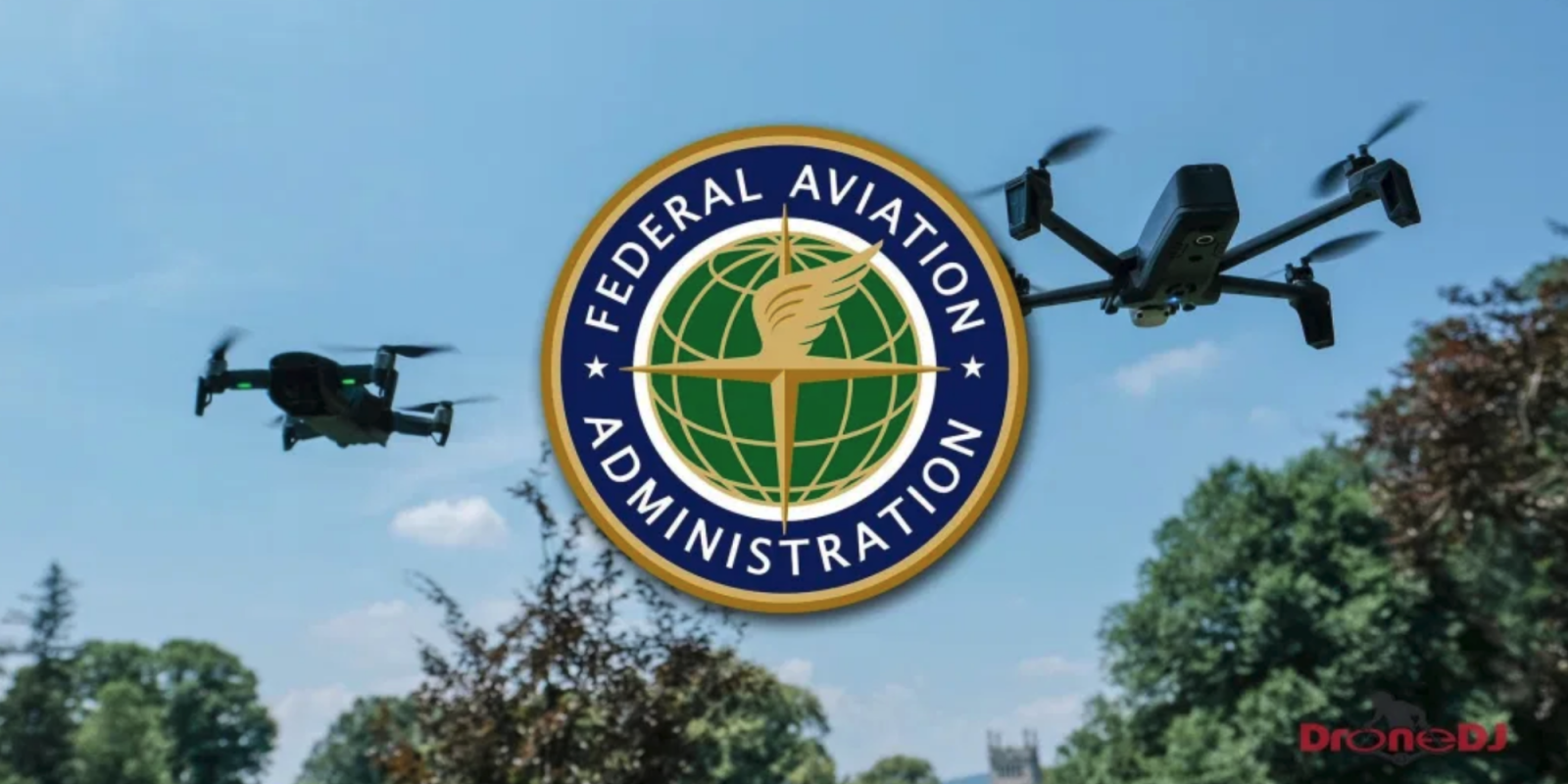
The Federal Aviation Administration (FAA) is preparing to test technologies designed to ensure safe cohabitation of airplanes and drones in the nation’s skies. In its most recent step, the FAA named the five US airports where drone detection and mitigation air traffic systems will be evaluated.
Keeping drones and manned planes apart
Falling under the FAA’s Airport Unmanned Aircraft Systems Detection and Mitigation Research Program, the tests will evaluate systems designed to detect and mitigate potential safety risks drones may pose to piloted traffic. Slated to begin later this year, those trials will take place at:
- Atlantic City International Airport in Atlantic City, New Jersey
- Syracuse Hancock International Airport in Syracuse, New York
- Rickenbacker International Airport in Columbus, Ohio
- Huntsville International Airport in Huntsville, Alabama
- Seattle-Tacoma International Airport in Seattle, Washington
The FAA’s statement said the selected sites all meet “requirements for diverse testing environments.” They also handle traffic flows and operating conditions most typical to airports across the US.
The test results will lead to the implementation of new technologies that will make airports safer for passengers and manned aircraft. Researchers plan to test and evaluate at least 10 technologies or systems at these airports. Testing will begin later this year and continue through 2023. It will create standards for future unmanned aircraft detection and mitigation technologies at airports around the country.
Parsing drone detection and “mitigation”
As noted in this detail-rich DroneDJ piece linked to the FAA’s announcement, it would undertake preliminary testing in Atlanta, the administration makes a point of clearly separating the functions of detection and mitigation in systems it will evaluate.
The former must clearly identify potential threats posed by drones. The latter should act to “deter, prevent, respond to, and minimize the immediate consequences of safety and security threats posed by certain UAS operations.” In other words, neutralize them by the most expedient means.
Toward all-encompassing air traffic control
The efforts to create an effective identification and prevention safety system are part of the FAA’s work to devise a broader, transversal US air traffic management encompassing both piloted planes and drones.
Objectives in Phase 1 of the FAA’s Unmanned Aircraft System Traffic Management Pilot Program kicked off in 2019 included “1) the exchange of flight intent among operators, (2) the generation of notifications to UAS Operators regarding air and ground activities, known as UAS Volume Reservations (UVRs), and (3) the ability to share UVRs with stakeholders, including other UAS Service Suppliers (USS) and the Flight Information Management System (FIMS).”
Phase 2 will test remote ID technologies in drones flown in areas of denser traffic similar to cities and larger airports.
FTC: We use income earning auto affiliate links. More.





Comments